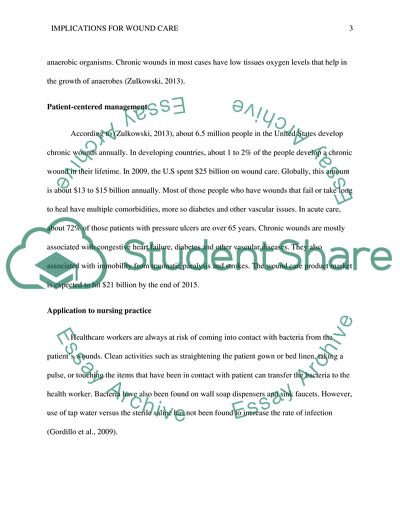Skin Bacteria: Implications for Wound Care Essay. https://studentshare.org/medical-science/1858041-skin-bacteria-implications-for-wound-care
Skin Bacteria: Implications for Wound Care Essay. https://studentshare.org/medical-science/1858041-skin-bacteria-implications-for-wound-care.


